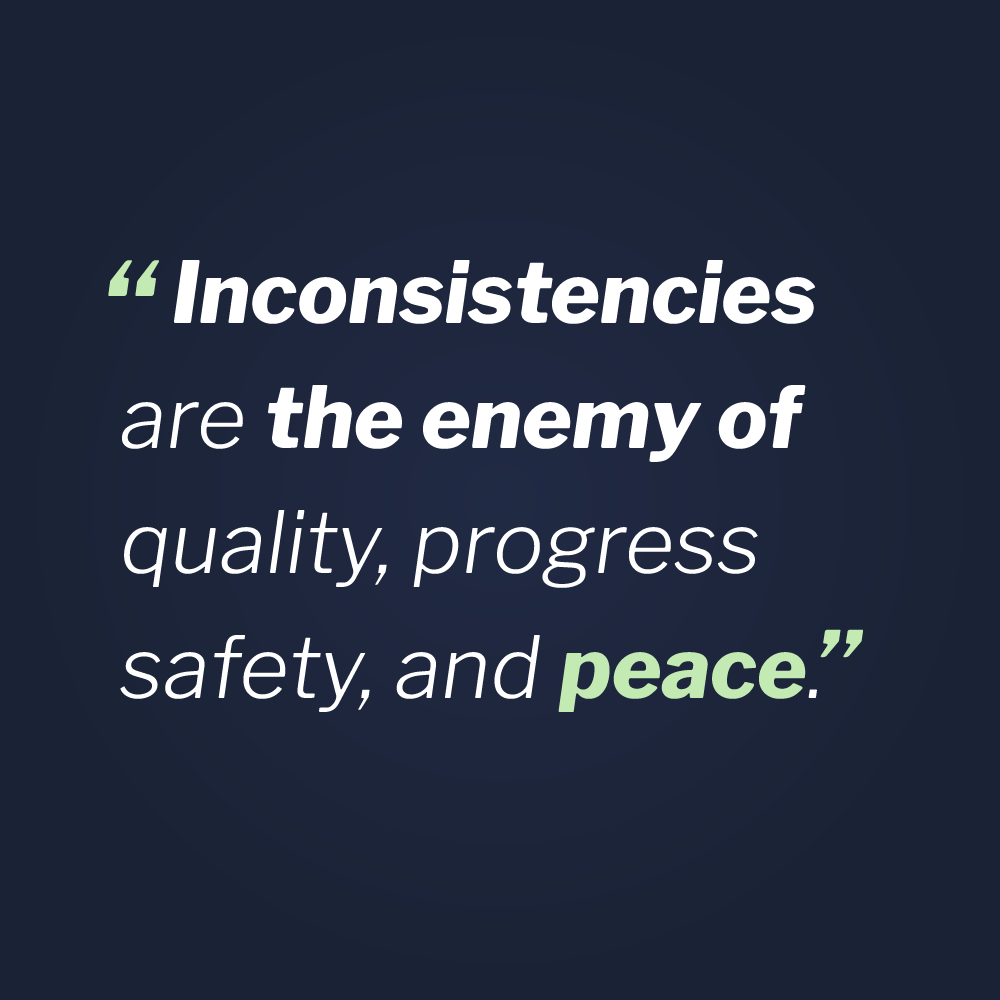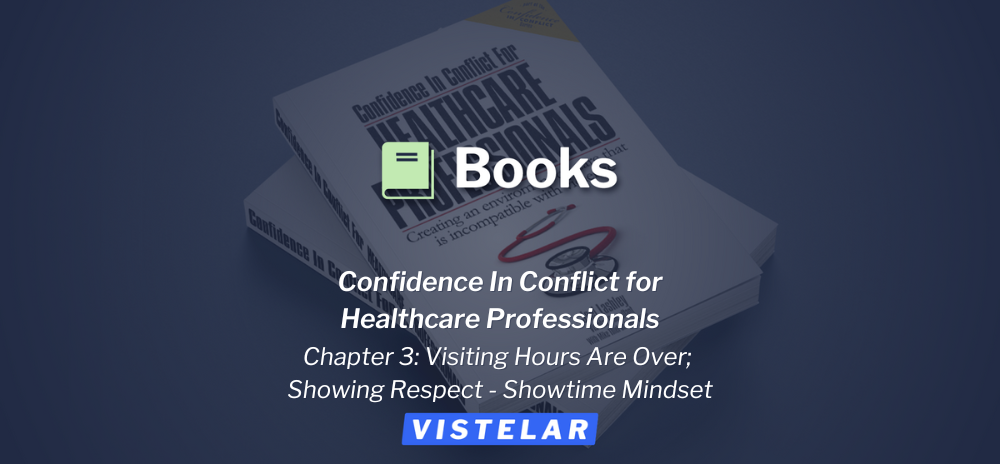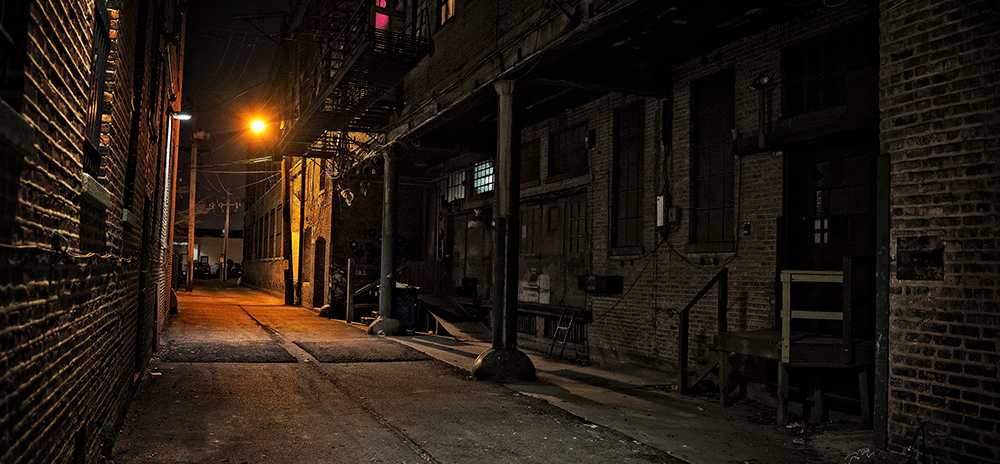A lesson about consistency
While working at a busy urban hospital many years ago, I was called to take a complaint from someone who wanted to visit a patient after visiting hours. For the past several months the hospital had maintained strict visiting hours in efforts to keep down the incidents and complaints that were frequently occurring after hours.
Due to this policy, nightly noise complaints had dropped off to almost nothing. Domestic squabbles, threats against staff, petty thefts, disorderly conduct, sexual harassment, and other security concerns had fallen significantly as well. It was a policy that was clearly working. Something else was also happening. The requests to visit after hours had decreased significantly over time as people in the community adjusted to the new rule.
As a result of establishing the new policy, I also found myself occasionally responding to complaints from people wanting to be the exception to the rule. Of course, we did have exceptions. People in hospice and critical care were allowed 24-hour visitation from family and close friends. Parents could visit their children in pediatrics at any hour, and mothers in labor could have their families at their side. These exceptions made sense and we had made provisions to support them safely and appropriately.
When I arrived at the emergency room lobby that night, I was directed to a young man who implored me to allow him to visit an elderly woman who was not one of those exceptions. He wasn’t angry or upset, as I had expected he might be. It was raining that night and he was soaked through, a nurse brought him a towel while he explained to me that he had walked four miles to visit an elderly female patient on the seventh floor, which was not a critical care area.
I advised him that there were no exceptions to general visiting hours. The visitor was polite, but very insistent. He said the patient was his ex-mother-in-law and that he was very worried about her. He said that he would not disturb her but would only look in her room to make sure she was fine and leave his telephone number. It may have seemed an innocent request, but it went against our policy.
While I was working with him, the night shift hospital administrator walked up to see what was going on. He had just transferred from a small suburban hospital with open visiting hours. I took him aside and explained the situation.
“We can’t be so strict about the rules,” he said.
“Think about it. His story is strange,” I replied. “It doesn’t make sense. She’s not critical. And he said he hasn’t seen her in years. Why would he run all the way here in the rain to see her in the middle of the night?”
“I don’t know, but we have to make accommodations sometimes,” he answered.
Against my advice, he made an exception and allowed the young man to visit. With that, I went back to my regular rounds. I didn’t escort the young man to the floor on the administrator’s wishes. “He doesn’t look like he could hurt a fly,” the administrator said.
Less than 20 minutes later, the security team was called to the seventh floor. Someone had assaulted and robbed an elderly female patient. Witnesses described the suspect as a thin young man who was soaking wet. When I interviewed the victim, she said that the young man used to hang out with her granddaughter and that he was a drug addict. She said that her granddaughter stopped dating him when she caught him stealing from her purse.
he was a drug addict. She said that her granddaughter stopped dating him when she caught him stealing from her purse.
“Somehow he got the idea that I always have money on me. That’s what he said when he hit me, so I had to tell him where my purse was. How did he get in here?” she asked. “I thought at least I’d be safe in here.”
Most systemic failures can be traced to an inconsistency. Inconsistencies are the enemy of quality, progress, and safety. At Vistelar, we like to say inconsistency is the enemy of peace. When we make exceptions to policies and procedures designed for safety, such as procedures designed to respond to the gateway behaviors of violence, we take risks that we shouldn’t. And if some of us are following those procedures and others aren’t, tragedies sometimes happen.
To learn more about the gateway behaviors of violence and other recognition and response skills sets for predicating and reducing violence in hospitals and clinics, contact us.









